As I push down the red airlock and step into our space station, I wonder: Will I eventually lose my mind and have to be pulled out? After all, in the popular television series For All Mankind, one of the first astronauts to live on the Moon for an extended period of time does just that.
I’m not actually on the Moon, of course, but instead I’m sealed into something called the Space Analog for the Moon and Mars (SAM); A research center in the southern Arizona desert that boasts of being “as close as possible.” “Living on Mars without reducing gravity or dropping the temperature to 100C below zero.” The same goes for the Moon.
I’ll spend a week inside, living in a pressurized habitat intended to simulate missions beyond Earth, helping us prepare for our first faltering steps as a multi-planetary species.
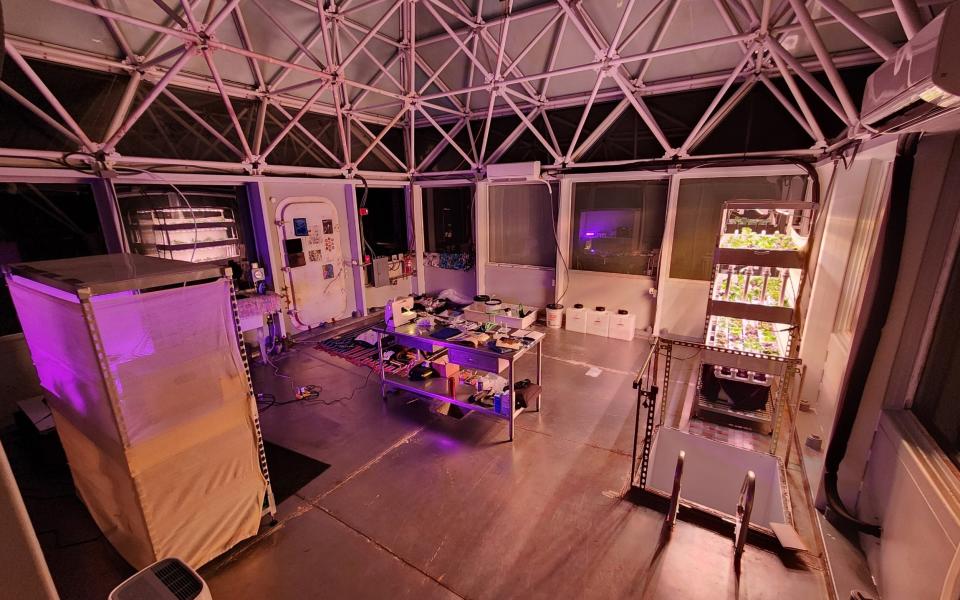
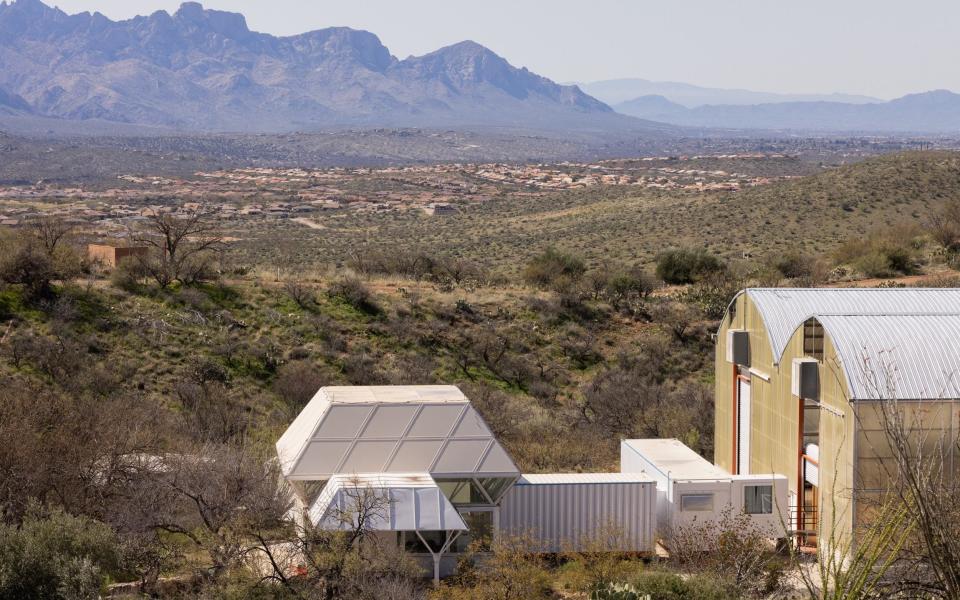

I’m a little worried. I’ve been in extreme environments and I know the price you can pay. Twenty years ago I spent a month in Antarctica, living in tents with scientists. I began to suffer from insomnia, obsession (I kept counting the remaining pairs of clean underwear), and eventually severe depression. Before the end of the expedition, I was evacuated by plane due to suicidal thoughts.
Fortunately, this mission, called Imagination 1, would go much better than that.
I was living at SAM with three artists—a poet, a textile designer, and a dancer—from the University of Arizona, where I had just retired as a creative writer. After all, if we are going to build permanent homes in space, we will need to take our cultural lives with us. For example, our dancer Liz George rehearsed her moves when she would wear a spacesuit while simulating a moonwalk. I took notes, planned articles, and wrote daily task reports.
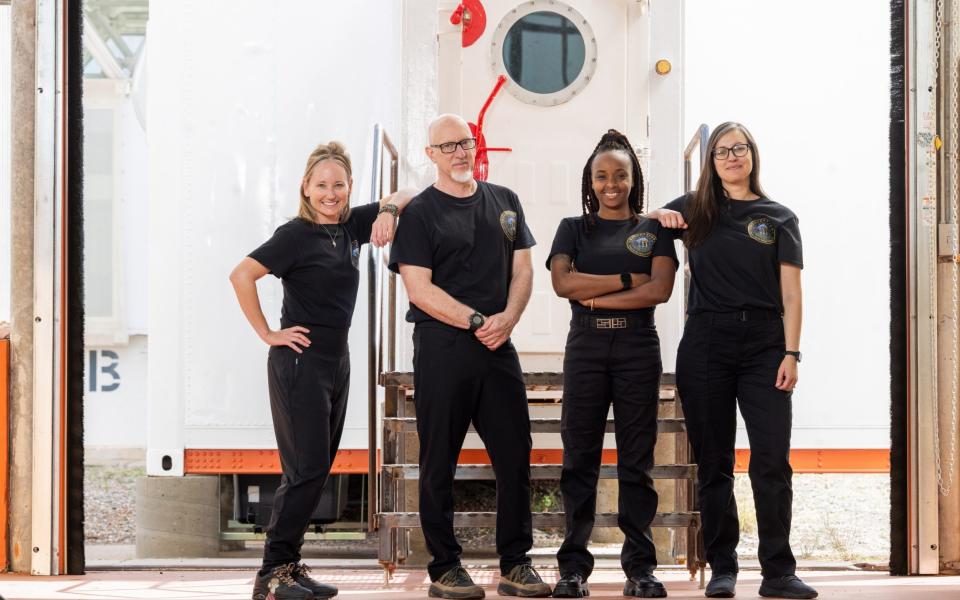

But as on the surface of the Moon or the Red Planet, practicality prevailed. We monitored CO2 levels. We turned our breath into drinking water by concentrating. We took turns cleaning the comfortable 1,200 square meter facility, consisting of crew quarters, engineering department and greenhouse module. We prepared dinner and dried the food scraps; after all, we were feeding fungal colonies for future “astronauts” on the SAM. We had to monitor and adjust the pressurization system.
Our only contact was email, it was as if we were in deep space, cut off from the rest of humanity and feeling our isolation deeply.
All this despite the fact that we had to train for the task in advance, meet many times before the “launch” and become a close-knit team, which was very important as we worked from morning to night on our projects and on the maintenance of SAM’s high-tech systems. We even projected giant images of the Moon onto the walls. Sometimes we felt like we were actually there.
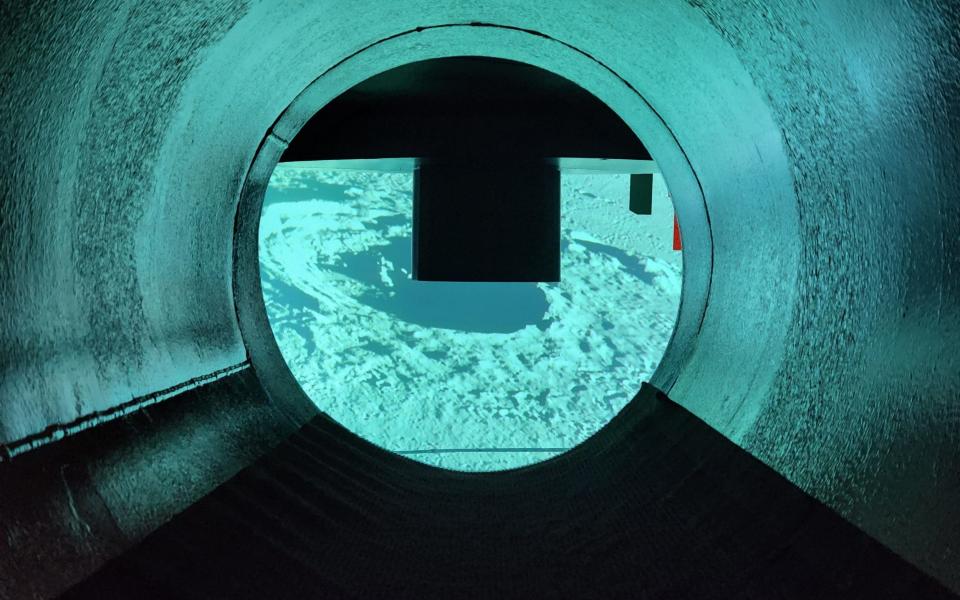

Inevitably, problems occurred. Small groups in confined spaces face stress that, in addition to poor sleep, can lead to moodiness, anger, anxiety, mild to severe depression, and even decreased dexterity. As the only crew member, I carried my sleeping bag from the crew quarters to under a shelf in Engineering Bay. Even that didn’t stop the women from hearing my annoying snoring. The days were long with the cleaning chores: from scrubbing the dishes with very little water to final checks of the air pressure and hydroponic rack before bed. We were tired. During incarceration, minor ailments can escalate to major proportions.
However, to our credit, we have handled the glitches well. We checked each other’s health status. When one of us wanted space, the others remained quiet and distant. Still, when something needed to be done, we told each other and never hesitated. There wasn’t even a single eye roll.
But if you added a few more weeks to Imagination 1, that would definitely change. I know from my time in Antarctica that the extreme nature of such places can cause the “thousand-yard stare” and worse.
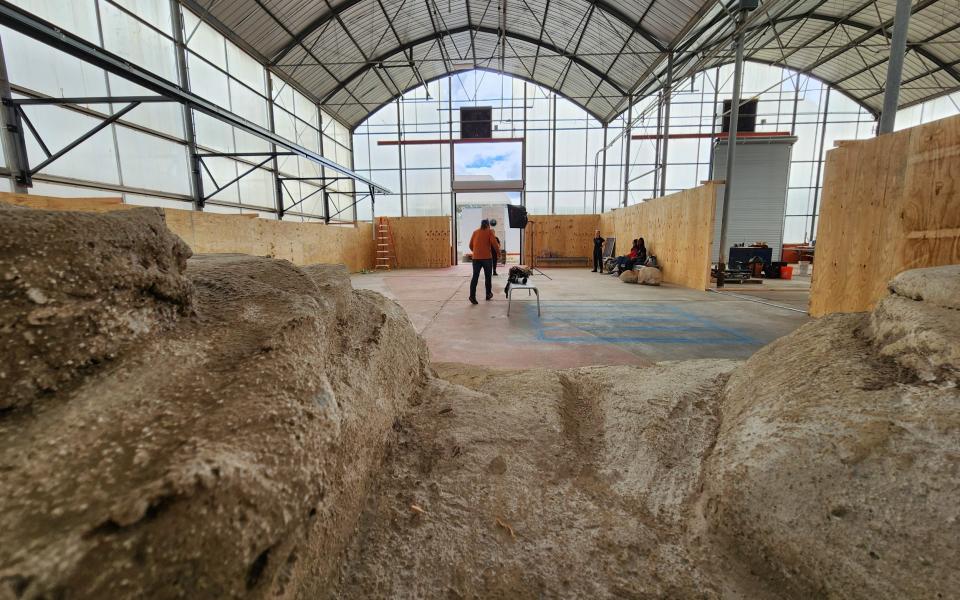

These are the challenges that real astronauts of the Artemis program will face. Nasa will send astronauts on a flight to the Moon later next year, followed by an actual landing with Artemis 3, scheduled for fall 2026. The crew will land in the Moon’s dramatic, rugged south polar region, where water ice is permanently hidden in shadow. craters. The sun is low on the horizon, creating long light and longer shadows.
But this is the mission that could usher in a new era of long-term exploration and science, as ice could be turned into drinking water, air and rocket fuel.
The Artemis 3 crew will spend several days on the Moon’s surface, longer than any Apollo mission, and the vision (shared by China, which is advancing its own space missions) is to establish permanent “base camps” on the Moon. Some of these may actually be underground, inside empty lava tubes protected from the many dangers of life on the Moon.
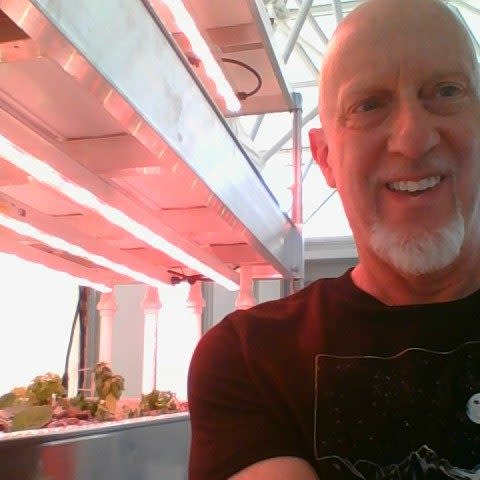

The Moon’s surface is exposed to near-light-speed particles from the Sun and other stars, even other galaxies, that cut through any living tissue that was not protected, cutting DNA molecules like rice paper and, eventually, causing cancerous mutations. Those who live on the Moon for long periods of time may also suffer the permanent effects of prolonged exposure to one-sixth gravity. A lot of exercise will be required to keep hearts, muscles and bone density strong.
Moon dust is also a big problem. After 1969, Apollo astronauts became uncomfortable with sharp-edged gunpowder getting under their fingernails, into their noses, lungs, mouths and eyes. Apollo 12’s Alan Bean said the dust left in the lunar module cabin “makes it difficult to breathe without a helmet, and there are enough particles to affect our vision.”
We will still try to create a green world from this gray land. In 2015 and 2016, Scott Kelly grew the first flowers in space, zinnias. He was carried away by the sprouts, the leaves, the flowers. Before International Space Station astronauts eat lettuce leaves grown on hydroponic racks, they feast on the sights, smells and textures of these leaves that remind them of Earth. They will do the same on the Moon.
They will create as we do. Because by the end of our week, it was clear to me that culture would become as important in space as CO2 scrubbers, radiation shields, and Moondust filters. If we don’t take our creativity with us, our lives will be impoverished, both for the astronauts and for those of us who will want to know what it’s like.
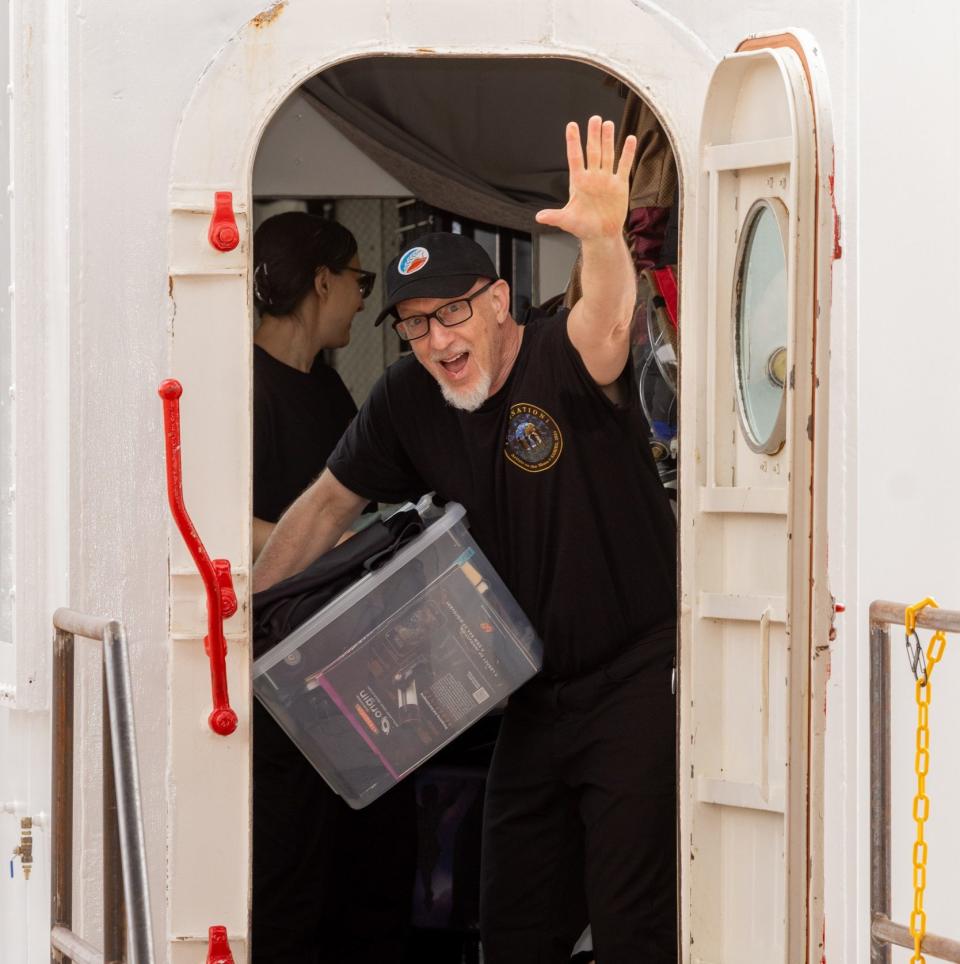

I was the last of four people in the group to go on the simulated moonwalk. As I put on my spacesuit, the multi-layered thick suit, with the help of my crewmates, I even more appreciated how difficult it is to be an astronaut. The fingertips of the gloves were large and inflexible, but I was using them to press the camera buttons. I remembered being claustrophobic in all my cold weather gear in Antarctica. The pressure suit was much more restrictive. After I put on my helmet, the air started flowing like a continuous river next to my ear. I walked with wide, brisk strides across a partially landscaped industrial-like courtyard, anchored to a system of counterweights that simulated the moon’s gravity.
It felt a little weird at first, then I started to get used to this new effect on my body, on my tiptoes, with my arms outstretched as if I were swimming. I wasn’t very graceful, but I smiled. As a 60-something Apollo kid and amateur astronomer, I knew this: this was as close as I could ever get to the Moon.